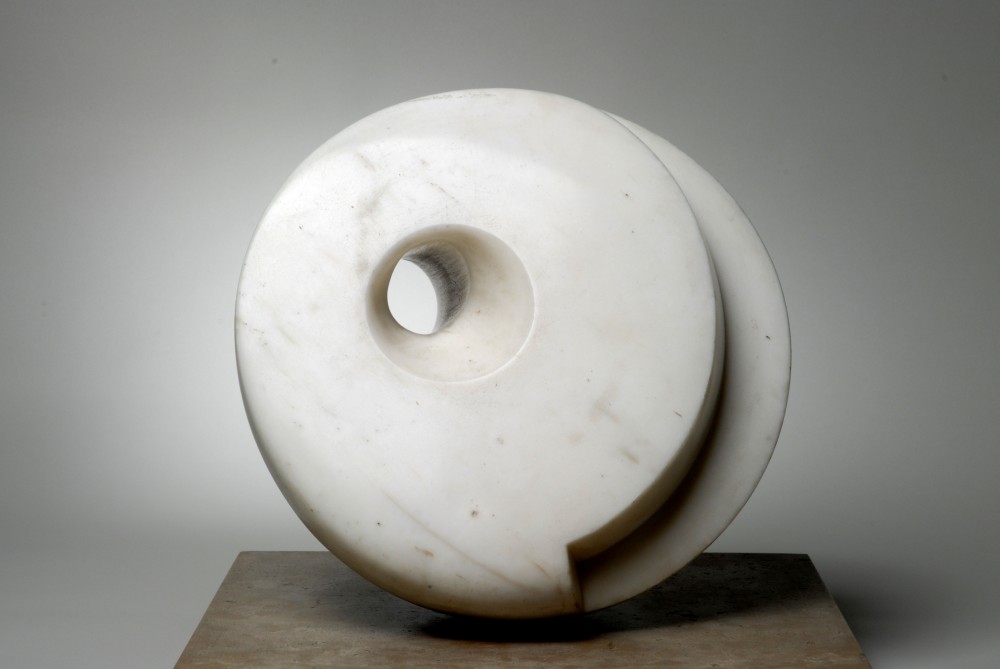Reading Jackie Wullschlager’s Financial Times article about Barbara Hepworth’s Tate Britain retrospective feels akin to stepping into a very misogynist time machine. Wullschlager, who happens to be a woman herself, writes about the pitfalls of the Tate Britain and Modern’s recent retrospectives devoted to women–namely, Sonia Delaunay, Agnes Martin, and sculptor Barbara Hepworth. While the long-awaited retrospectives are are okay, she writes, “Yet none delivers the visceral thrill or intellectual charge of a great retrospective, because none of these artists really changed how we see or think. Has a woman artist ever done so? The stories here show that female artists tend to assimilate and adapt radicality pioneered by men.”
Never mind that Hepworth touts a museum named after her, and the countless achievements of Delaunay and Martin. What does it even mean for an artist to “change the way we see or think,” anyway? What artist, male or female, has had this kind of effect on broader culture at all? And if we look at this statement to mean “to change the way we see or think within the art world,” it’s absolutely ridiculous to assert that a woman artist has never done this–wasn’t it the project of second wave feminism to challenge the completely unchecked male-centric 20th century art world? And the project of second wave feminism was successful to the extent that we at least recognize unrepentant misogynistic sentiments like Wullschlager’s, even though they unfortunately still exist.
Financial Times, how did this get past your copy desk?


